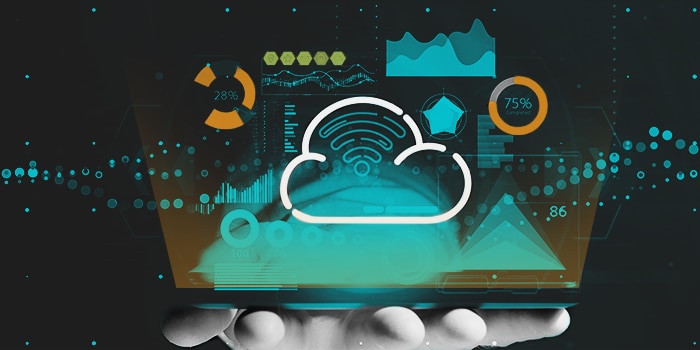Last week, our team introduced
SolarWinds® Service Desk to ITSM pros at HDI’s
Service Management World (SMW). Though it wasn’t our first SMW (we’ve previously attended as Samanage, a founding partner of the event), it was our debut under the SolarWinds umbrella after April’s
acquisition announcement.
For those who missed the event, here are a few of the highlights from our experience:
Build the Foundation for Advanced Technology
As is the life of IT in 2019, there was plenty of talk of automation, machine learning, artificial intelligence, and chatbots. CIOs are researching. IT directors are sampling the flavors from different vendors, and analysts are presenting their studies from recent months and years.
There are certainly cases of useful
service desk automation and
artificial intelligence available today, and the technology is rapidly evolving. While it’s inspiring to imagine the power of chatbots and virtual assistants, it’s important to focus on the foundational elements of service management that will bring this advanced technology to life, including:
- Data collection on tickets and requests
- Employee engagement activities and preferences
- Service portal adoption
- Building and utilizing a knowledge base
- Providing opportunities from self-service
All of these service desk fundamentals are prerequisite for the exciting new technology that’s upon us in 2020. The data collection and tracking lays the groundwork for artificial intelligence to learn what people are looking for. The organizations who have perfected these service desk fundamentals are the ones positioned to leverage cutting-edge technology as it comes of age.
As Forrester principal analyst
Charles Betz said in his speaking session, “there are too many failed chatbot experiments to believe it’s right for everyone.” When it comes to advanced technology, bite off what your IT teams can chew. If it’s not much right now, focus on perfecting foundational elements of service management to open the door to advanced technology down the line.
Unite the IT Department
ITIL 4 aims to break down barriers in IT, incorporating disciplines like
DevOps, agile, and lean into service management strategy. Some of these ideas can seem conceptual, but we talked to a number of IT pros leveraging these strategies in reality.
There’s no question that the market has identified a need within technology teams to consolidate disparate teams and systems. It’s not just between departments or locations. It’s often within IT, which has led to the rise of DevOps, ITIL 4, and integrated platforms for customer relationship management (CRM), enterprise resource planning (ERP), and on down the line.
One frequent topic of discussion at our SolarWinds booth was the idea of connecting IT monitoring systems to the service desk. We met SolarWinds customers that were using network monitoring tools, and many of the issues identified by the network and systems teams will impact employees, which means they’ll impact the service desk. These issues can range from server configuration issues or outages, application outages, or a trigger that a node is down. When network or systems monitoring software triggers one of these alerts, service desk technicians will surely be inundated with tickets. A few of these customers already log alerts through the Orion
® Platform, which was exciting to our team given our recent release of a
Service Desk integration with Orion.
As the employee-facing branch of IT, the service desk has an important role to play in the consolidation of technology. The more an ITSM tool can leverage data from other systems, the more it can automate. It might include
service catalog workflows for onboarding, automated incident creation through network alerts, or sharing incident records with remote support tools. Any of these cases help make the service desk proactive, which has a positive impact on the
employee experience and business as a whole.
“Have You Submitted a Ticket?”
Our hottest pieces of swag were stickers and buttons featuring this age old ITSM question. For all of the excitement around smart technology and integrations, there’s still work to be done on training the masses in many organizations.
It was not a scientific study of IT frustrations; simply a test of bumper sticker sayings. The walk-up, direct message, or phone call are still more commonplace than we all hoped they’d be in 2019, as the award for most popular sticker once again belongs to, “have you submitted a ticket?”
For now, here are a few ideas to help
drive portal adoption. We’ll bring the same stickers next year and hope they’re just a vintage memory of times past.
Thanks to everyone who stopped by the SolarWinds booth!




